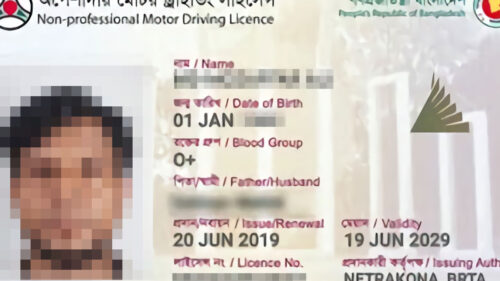
Elon Musk’s X fails bid to escape Australian fine
Elon Musk’s X fails bid to escape Australian fine Elon Musk’s X on Friday lost a legal bid to avoid a $417,000 fine levelled by

A phishing attack is a type of cyber attack in which attackers use fraudulent emails, messages, or websites to trick individuals into providing sensitive information, such as usernames, passwords, credit card details, or other personal information. The goal of a phishing attack is to steal information or install malware on the victim’s device. Phishing attacks are a common and serious threat to individuals, businesses, and organizations worldwide.
Phishing attacks often begin with a carefully crafted email or message that appears to be from a legitimate source, such as a bank, online retailer, or social media platform. These emails typically contain a sense of urgency or a compelling reason for the recipient to take immediate action, such as updating their account information or verifying a recent transaction. The email may also contain a link or attachment that, when clicked, leads to a fake website or installs malware on the victim’s device.
One common type of phishing attack is known as “spear phishing,” which targets specific individuals or organizations. Spear phishing attacks are often more sophisticated than generic phishing attacks, as they are tailored to the recipient’s interests, job role, or relationships. For example, an attacker might research a company’s employees on social media to craft a convincing email that appears to come from a colleague or supervisor.
Phishing attacks can have serious consequences for individuals and organizations. Victims of phishing attacks may have their personal information stolen, leading to identity theft or financial loss. In the case of businesses and organizations, a successful phishing attack can result in data breaches, financial losses, damage to reputation, and legal consequences.
To protect against phishing attacks, individuals and organizations can take several precautions:
By taking these precautions, individuals and organizations can reduce the risk of falling victim to phishing attacks and protect themselves against potential cyber threats.
You must be logged in to post a comment.
WELCOME TO SOFTDOZE.COM
Softdoze.com is a technology-focused website offering a wide range of content on software solutions, tech tutorials, and digital tools. It provides practical guides, reviews, and insights to help users optimize their use of software, improve productivity, and stay updated on the latest technological trends. The platform caters to both beginners and advanced users, delivering useful information across various tech domains.

Elon Musk’s X fails bid to escape Australian fine Elon Musk’s X on Friday lost a legal bid to avoid a $417,000 fine levelled by

Facebook, one of the original social media networks Facebook, one of the original social media networks, has become known as the platform of parents and

Bangabandhu Sheikh Mujibur Rahman Bangabandhu Sheikh Mujibur Rahman Born: March 17, 1920, Tungipara, Gopalganj, British India (now Bangladesh) Died: August 15, 1975, Dhaka, Bangladesh Role:

হারানো-নষ্ট হয়ে যাওয়া ড্রাইভিং লাইসেন্স উত্তোলন হারানো ড্রাইভিং লাইসেন্স উত্তোলন করার উপায়। আমাদের মাঝে অনেকেই আছেন যারা ড্রাইভিং লাইসেন্স হারিয়ে ফেলছেন অথবা নষ্ট করে ফেলছেন।
Submit a Comment